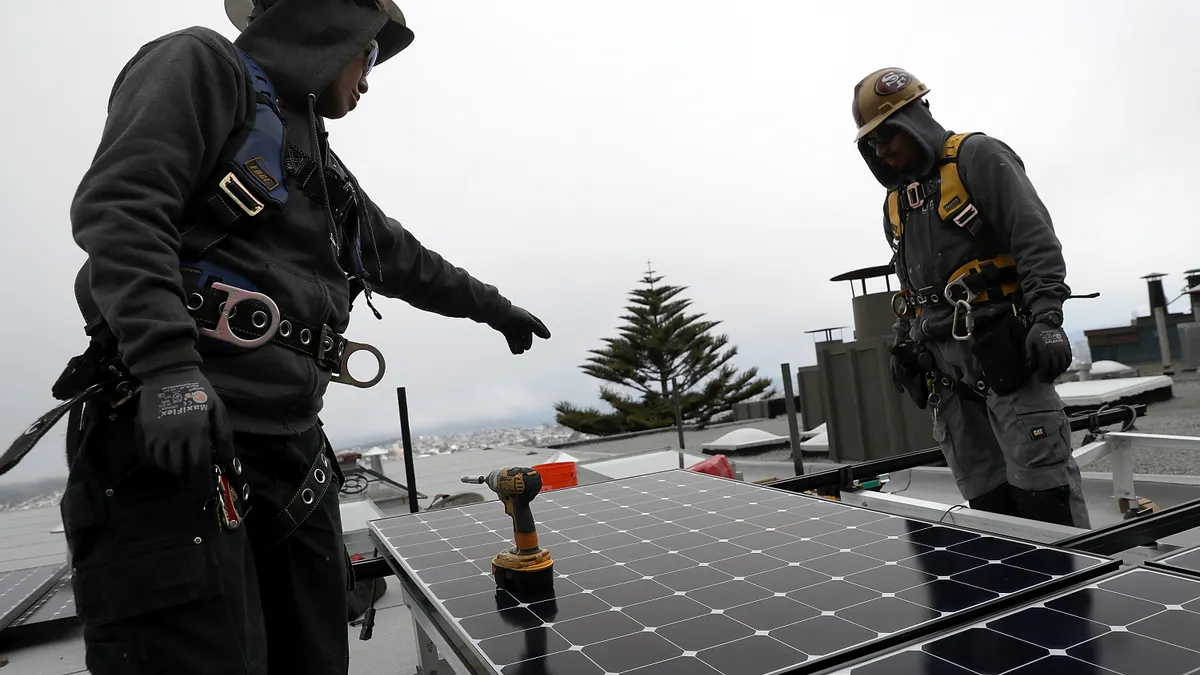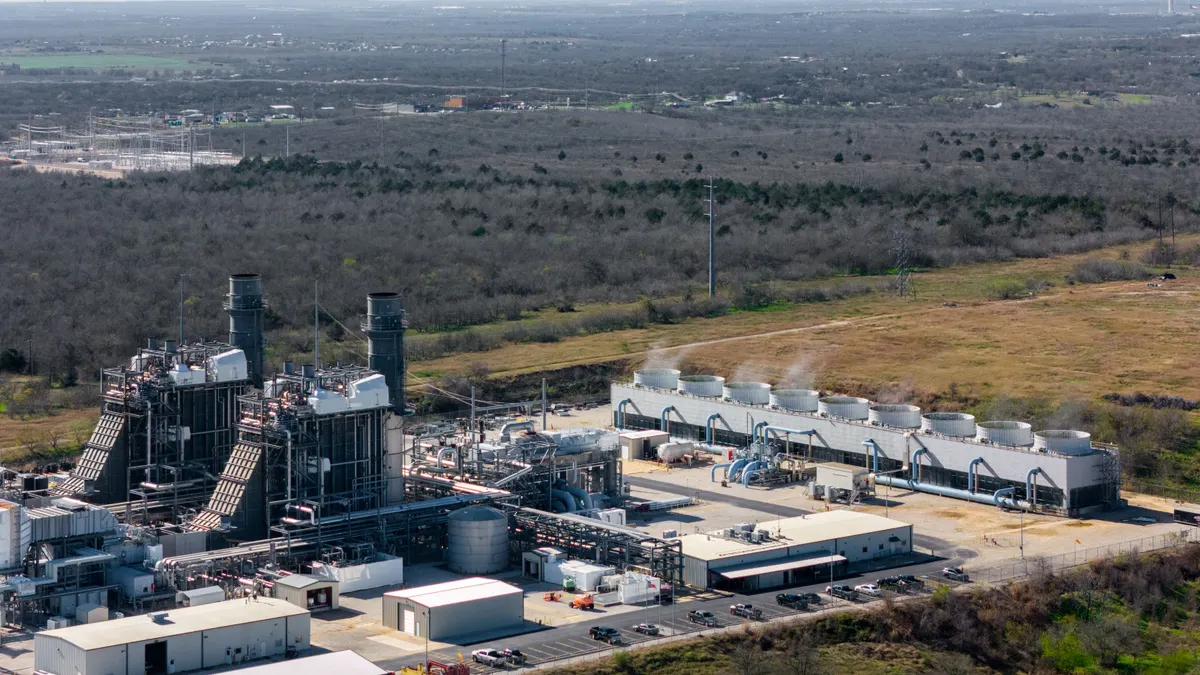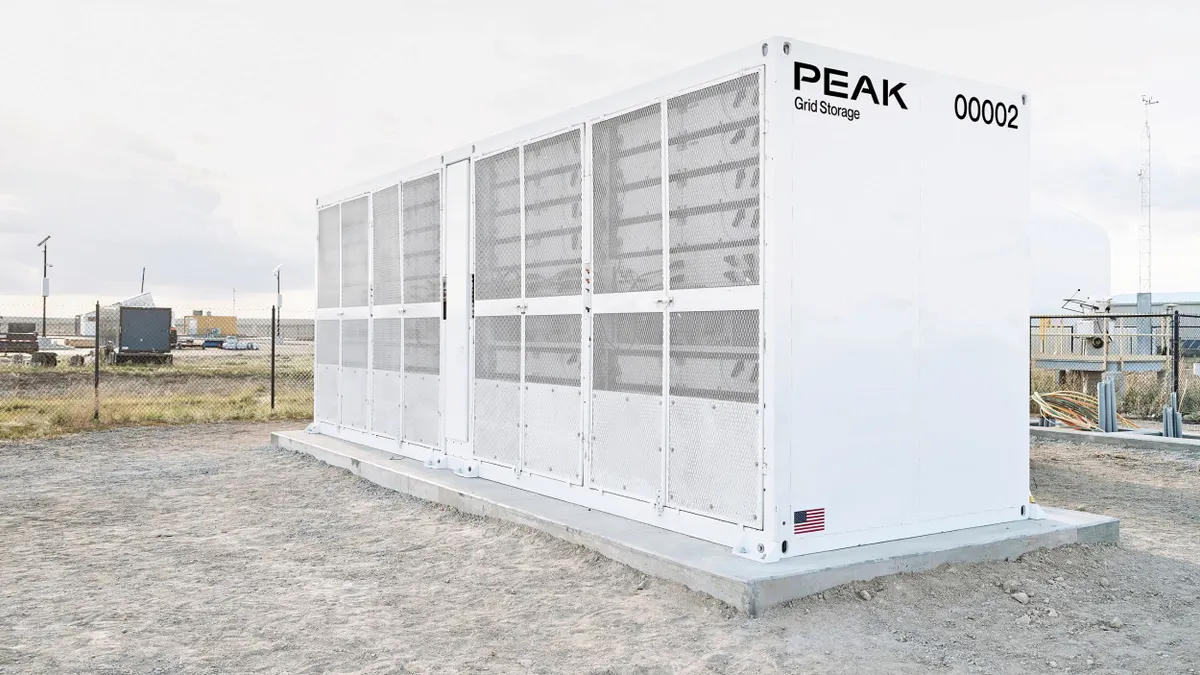Though the One Big Beautiful Bill Act sunsets the 25D residential solar tax credit at the end of this year, residential solar customers can still benefit from Inflation Reduction Act credits by using a third-party ownership structure that allows solar installers to claim the 48E investment tax credit and pass on those savings.
Last month in a blog post, Aurora Solar — a developer of software for solar sales and design — said “third-party ownership has never been more important,” and that TPO could be “the preferred option for some homeowners to access solar incentives after 2025.”
The 48E credit for solar requires projects that commence construction after July 4 next year be placed in service by the end of 2027. Projects that commence construction sooner can be placed in service anytime before Dec. 31, 2029, and still qualify for the credit.
“TPO isn’t new — it already accounts for about 45% of residential installs in the U.S., with companies like Sunrun, Palmetto (LightReach), EnFin, and GoodLeap leading the charge,” Aurora Solar said.
Sunrun CEO Mary Powell said during an Aug. 6 earnings call that the company “is well positioned to continue to generate strong financial returns under the enacted legislation” as it “primarily benefits from the commercial investment tax credit known as 48E, as 94% of new customer additions are subscribers.”
Third-party solar financing generally comes in two forms: leasing agreements and power purchase agreements, according to a January explainer from the Environmental Protection Agency.
“In the lease model, a customer signs a contract with an installer/developer and pays for the use of a solar system over a specified period of time, rather than paying for the power generated,” EPA said. “In the PPA model, the solar energy system offsets the customer’s electric utility bill, and the developer sells the power generated to the customer at a fixed rate, typically lower than the local utility.”
Investment bank Jeffries said in an Aug. 7 note that it expects residential-focused solar company Sunrun to benefit in 2026 “as 25D expiration provides an assist for TPOs,” and noted that market consultants estimate TPOs will grow 25% in 2026 compared to this year.
Homeowners who don’t want to opt for a TPO structure can qualify for the 25D credit if their solar system's original installation is completed by the end of the year, even if it's not yet been placed in service. The new and burdensome foreign entity of concern restrictions don’t apply to the 25D credit, but they will apply to TPO systems hoping to qualify for the Section 48E credit.
“Further, an executive order from July 7th introduces additional uncertainty and could make it more difficult for TPO systems to continue qualifying for the [investment tax credit],” Wood Mackenzie Principal Analyst Zoë Gaston said in an August piece. “The future trajectory of the residential solar market is up in the air.”
Solar installation company SolShine Energy Alternatives noted in a blog post last month that “careful consideration must be given to options when working with third-party ownership providers in the future, particularly concerning the domestic content requirements.”
Other solar providers are similarly adapting in order to navigate the Trump administration’s rollback of the Inflation Reduction Act. Georgia BRIGHT Director Alicia Brown said Tuesday that the nonprofit is dealing with a complete funding cut to the federal Solar for All program by launching a new initiative called Safe Harbor as a Service, and working within the OBBBA’s guidelines to continue bringing low-cost solar to state residents.
“Treasury recently released guidance for ‘safe harboring’ the tax credits under current rules,” Brown said in a LinkedIn post. “If we can purchase equipment equal to at least 5% of a project's cost by the end of this year, we can lock in tax credit eligibility for that project through 2029 without triggering FEOC restrictions … This is a chance to create a glidepath into a post-ITC world.”
Correction: This story has been revised to correct an error about 25D tax credit eligibility for solar system installations without a TPO structure.















